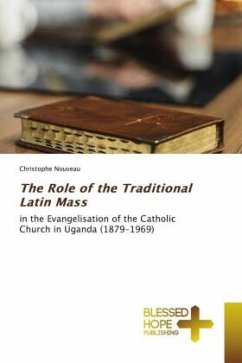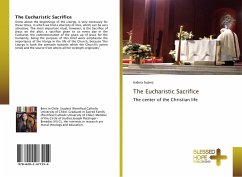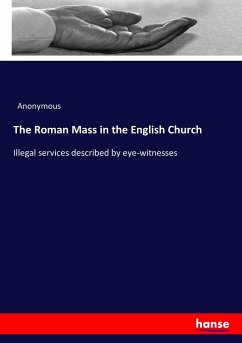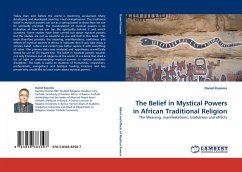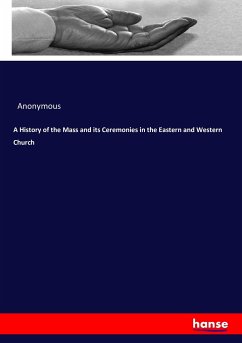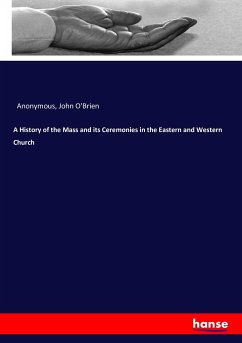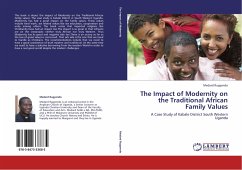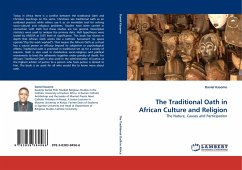The general objective of this thesis was to investigate how the Traditional Latin Mass essentially facilitated the evangelizing work of the missionaries. Deriving from the general objective, the specific objectives were: to analyse the background social and religious factors that enabled the adaptation of the local community to the Traditional atin liturgy; to examine the liturgical formation of the missionaries; to discuss the evangelizing strategies and techniques employed by the missionaries; and to assess the effectiveness of cultural assimilation of the Traditional Latin Liturgy. The scope of the research covered a period of 90 years, from 1879, the year of the first Catholic missionaries, to 1969, the end of the Latin Mass, restricted itself to the Vicariate of Uganda that was under the 'White Fathers'. This research undertaken was primarily archival and library driven. Key among the primary sources were the missionary priests' diaries. Other primary sources included documents from the Magisterium, formative liturgical and catechetical instructions and guidelines.
Bitte wählen Sie Ihr Anliegen aus.
Rechnungen
Retourenschein anfordern
Bestellstatus
Storno

